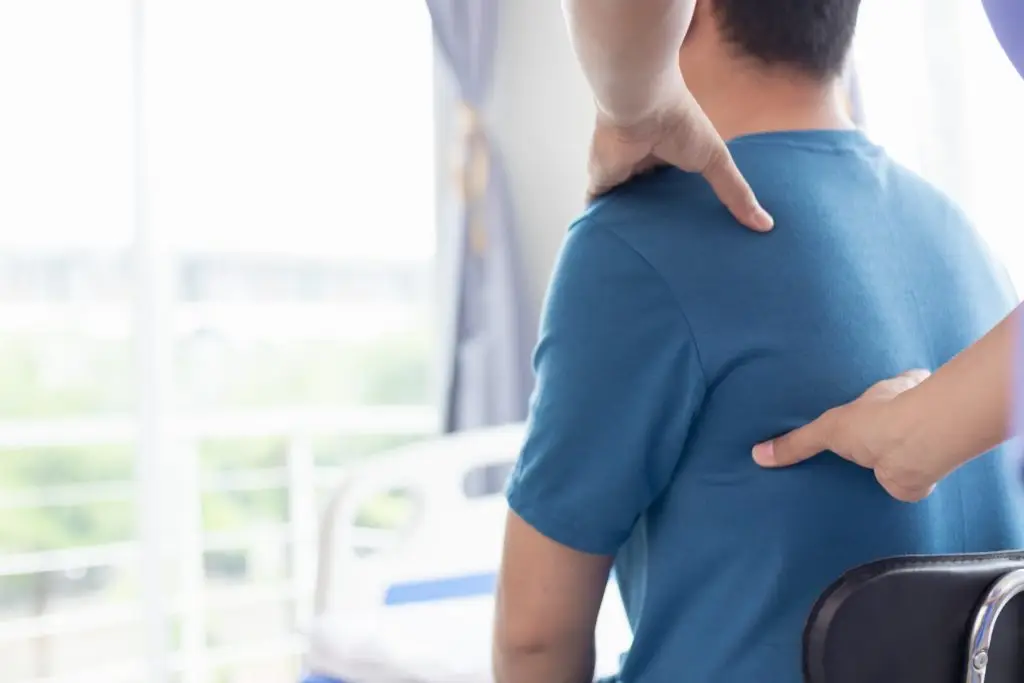Even when you’re relatively young, your back can be a source of intense pain and sudden, unexpected changes in your lifestyle to accommodate it. This means it’s never too early to take steps to preserve and protect your spine health, especially with functional, natural techniques you can incorporate into your daily routine.
What is spine care in physical therapy?
Spine care in physical therapy involves a range of treatments, exercises, and targeted movements that can help you maintain and improve spinal health. Physical therapists work with individuals who have existing spine issues as well as those who want to prevent future problems.
Common treatments and prevention strategies for spine health
One of the most effective ways to preserve spine health, especially if your job requires a lot of motion or heavy lifting, is through lumbar stabilization exercises. These exercises target vital muscles throughout your core, hips, and lower back that play a key role in supporting the spine. Strengthening these muscles can help distribute weight evenly across your body, reducing stress on the spine.
Additionally, our physical therapists often recommend posture training as a preventative strategy. Office workers in particular can benefit from learning proper sitting techniques to minimize strain on the lumbar region. Regular stretching and mobility exercises are also integral components of spine care, helping to maintain flexibility and prevent stiffness.
The interconnectedness of the whole body
To understand how to correct and protect your spine for less back pain in the future, it’s essential to recognize that the body functions as a unified system, where strength and flexibility in other areas can ease the burden on the spine. For instance, building core strength not only benefits your abdominal muscles but also supports your back, making it easier for the spine to bear daily activities.
Lifting posture is another area of focus that can help nearly anyone, whether recovering from a back injury or reducing the risk of spine problems. Proper lifting techniques can reduce the risk of injury by ensuring that the spine remains in a neutral position while it bears a heavy weight.
Spine conditions physical therapy can treat
Physical therapy can treat several spine conditions, including:
- Herniated discs
- Sciatica
- Scoliosis
- Degenerative disc disease
Even with a condition like sciatica that can be highly varied in severity and effective treatment options, physical therapy is a well-tested approach to many spine and back pain problems. Our techniques, manual therapy technologies, and long-term lifestyle improvement plans are effective for people of all ages to find the pain relief they need.
What to expect from your spine care appointment
You don’t need to currently be experiencing chronic or severe back pain to start seeing a physical therapist for preventative care. So whether you have an issue you’d like to solve or simply want to learn healthier posture or lifting techniques, don’t hesitate to reach out to our team.
During your initial appointment, your physical therapist will conduct a thorough evaluation to diagnose any spinal issues you might have and determine the best course of action. This may involve assessing your posture, strength, and flexibility, as well as discussing your medical history and lifestyle.
Once the evaluation is complete, your therapist will create a customized treatment plan that addresses your specific concerns and goals. This plan may include a combination of hands-on techniques, such as manual therapy or massage, along with targeted exercises designed to improve posture and spinal health.
Throughout the treatment process, your therapist will monitor your progress and make any necessary adjustments to ensure optimal results. They will also provide guidance on maintaining spine health at home, empowering you to take control of your well-being.
Start a conversation about your spine health
If you’re ready to take charge of your spinal health, it’s never the wrong time to get started. Even if you’re not ready to book an appointment today, you can find out how we might be able to help you in the future by calling one of our nearby clinic locations or requesting an appointment online today.

